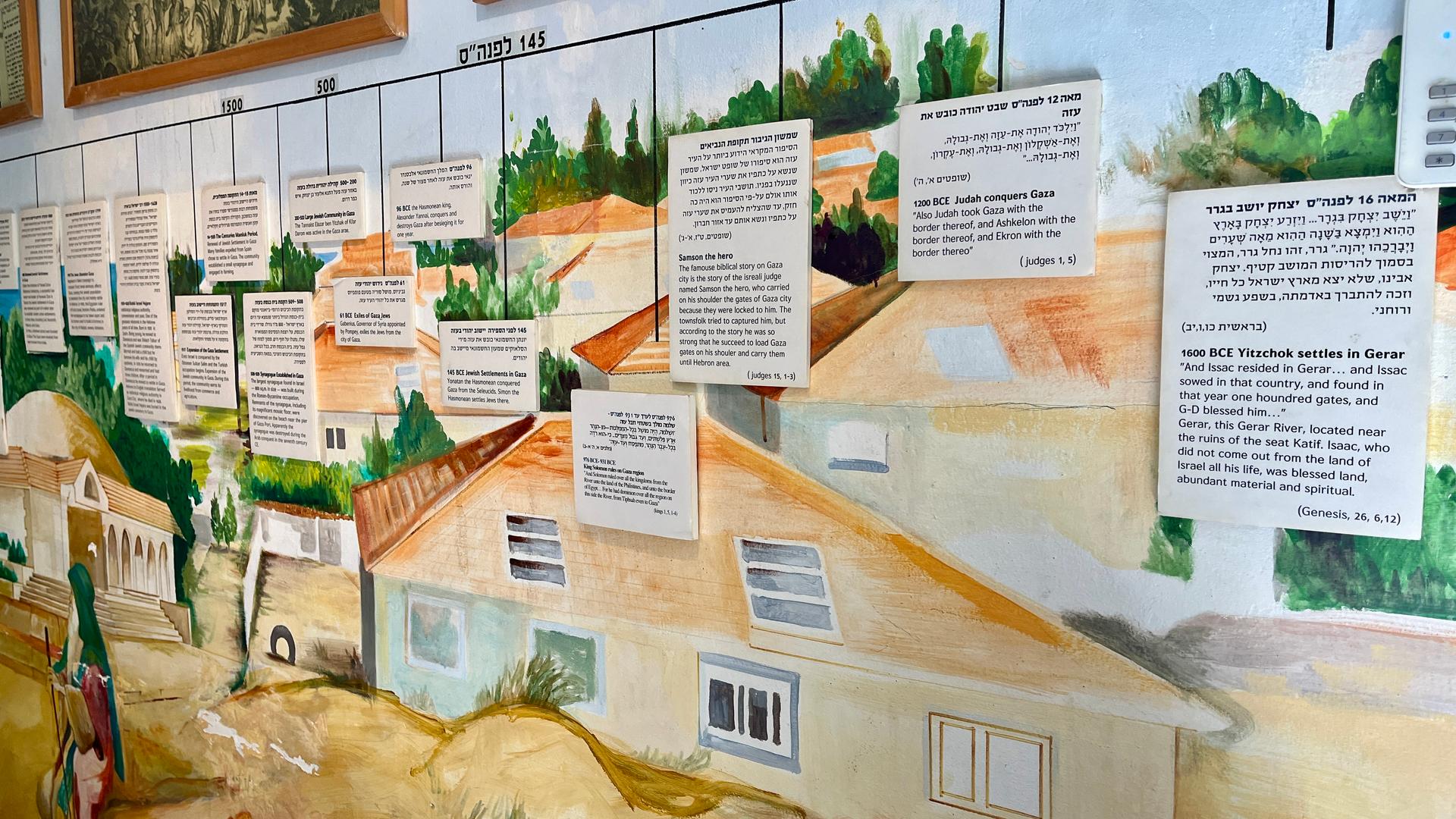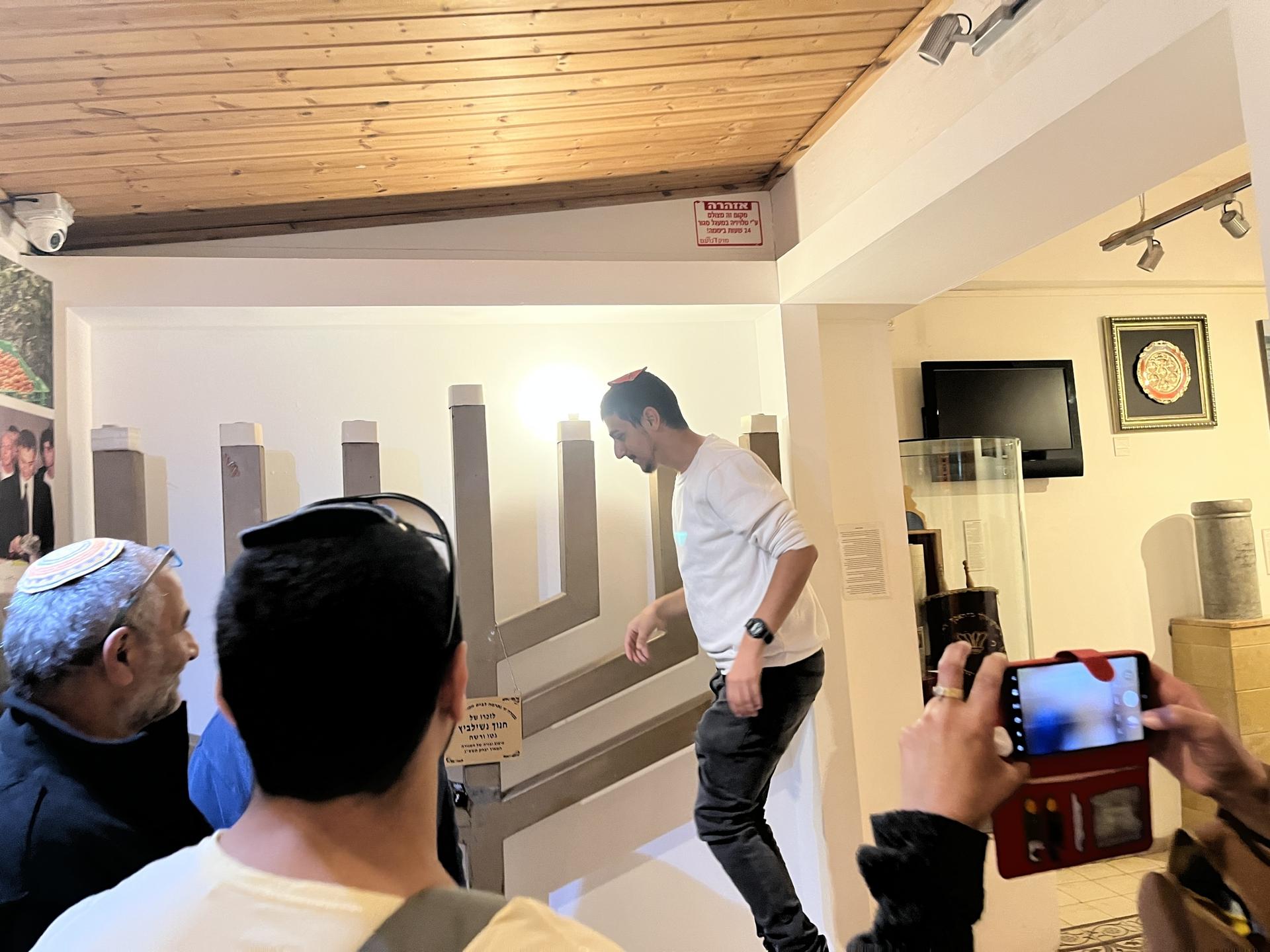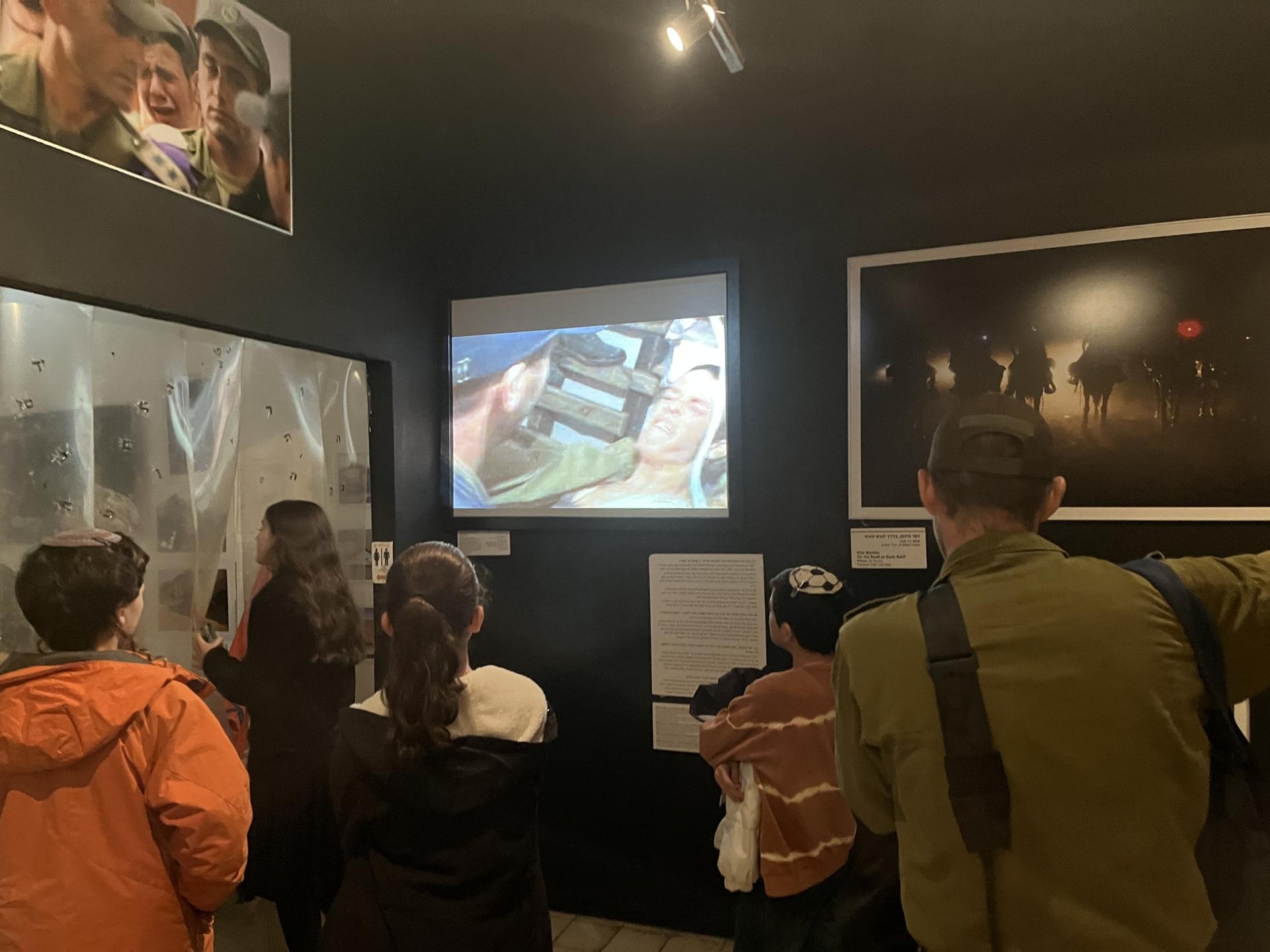
Published December 26, 2023
A high school in Kansas is embroiled in controversy after a "Satan Club" was approved despite a petition being brought against it.
Olathe Northwest High School, a school in a suburb of Kansas City, has been given the green light to establish a Satan worship/Satan Templist Club, according to Fox 4 Kansas City.
.jpg)
An Olathe Public Schools spokesperson stated, "the club application met the criteria to establish a student-initiated club and is now recognized as a student-initiated club at Olathe Northwest High School."
According to the school district, there was criteria the club had to meet before the application was approved.
'AFTER SCHOOL SATAN CLUB' DRAWS CONCERN FROM TENNESSEE PARENTS: 'FIND SOMEWHERE ELSE'

Olathe Northwest High School in Kansas approved a "Satan Club." (Olathe Public Schools)
One of the terms of the application was that the application itself had to be signed by at least ten students interested in forming the group, while additional signatures needed to come from a student representative and faculty supervisor.
The students that would be the leaders of the club were also expected to make a presentation to administrators about what the group would bring to the high school.
A federal law, known as the Equal Access Act, prohibits public schools from discriminating against a student-initiated group based on a message that is philosophical or religious.

THE SATANIC TEMPLE TO HOST ‘AFTER SCHOOL SATAN CLUB’ AT MEMPHIS ELEMENTARY SCHOOL
A spokesperson for the district told Fox 4 KC that this means if the school allows one club, it allows all clubs if the application process is complete and the group meets the guidelines for recognition.
In response to the school's announcement, a concerned student created a petition online called, "Stop The Satan Worship Club at Olathe Northwest," in early December.
"This deeply troubles me and many others in our community as we believe that schools should be places of education and growth, not platforms for satanic indoctrination or controversial practices," Drew McDonald, the creator of the petition wrote in a post.
PENNSYLVANIA SCHOOL DISTRICT AGREES TO $200K SETTLEMENT WITH THE SATANIC TEMPLE FOR AFTER SCHOOL SATAN CLUB

A t-shirt promoting an after-school Satan Club. A high school in Kansas has now approved its own after-school Satan Club. (After School Satan Club)
As of Tuesday, the petition had gained 81 new signatures, bringing the total to nearly 7,800. However, it was not enough to keep the group from being approved by the school.
"As an Olathe resident, taxpayer, and Christian, I am appalled that something of this nature was even considered for a Olathe public school. The administrators, executives, teachers that allowed this to happen do not have the children's best interest in mind. This needs to be expunged immediately," one person commented on the petition.
"We urge the relevant authorities in Olathe, KS - school administrators, district officials and local representatives - to reconsider this decision. We believe it is not in the best interest of our children or community," McDonald wrote.
The Kansas high school is now the latest school to create a club like this.

SATANIC TEMPLE LEADER TOUTS AFTER-SCHOOL CLUB AS ALTERNATIVE TO RELIGIOUS CLUBS 'PROSELYTIZING' TO STUDENTS
Last week, the Satanic Temple announced plans to host its first After School Satan Club (ASSC) in Cordova, Tennessee, at Chimneyrock Elementary School.
Meanwhile, in Pennsylvania, a school district reached a settlement with The Satanic Temple in a lawsuit that alleged the district discriminated against students by barring one of the group's After School Satan clubs from using a school building earlier this year.
Last year, elementary schools in Virginia, California and Massachusetts also hosted "Satan Clubs," and were met with criticism from concerned parents.
Fox News Digital has reached out to the Olathe School District, but has not yet heard back.
.jpg)



 7
7




















